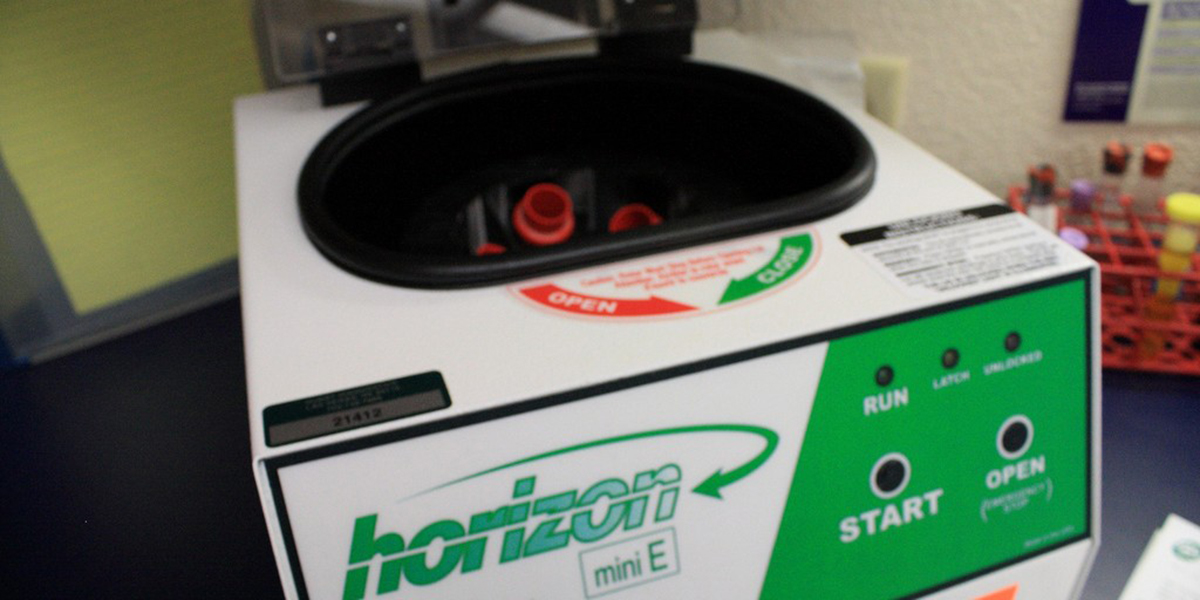Table of Contents
Now doctors don't have to wait for the immune system to generate antibodies to the virus to diagnose HIV. By testing for a protein called HIV-1 p24, which is made by the virus itself, doctors can detect the virus 3 or 4 weeks earlier than with other tests. If the first test shows the p24 protein, then doctors can test for the virus itself, to determine the strain of the virus, whether it is HIV-1 or HIV-2 or both, and choose appropriate medications to fight the virus at the earliest possible date. If the p24 is negative, then doctors will usually re-run the test 10 to 12 weeks after the date of suspected contact to make sure there was no infection.

Why would you want to know you have been infected with HIV sooner rather than later? It's not all about your treatment. It is also about the safety of your sex partners.
People who are recently infected, who do not know they have the virus, are the most likely to pass on the virus through unprotected sex or the sharing of needles.
How can you get early HIV testing? See your doctor or go to your local HIV outreach center. The basic HIV+ or HIV- information can be available very, very quickly.
- The OraQuick Advance HIV Test uses either a drop of blood from a finger prick or a swab of the cheek inside the mouth and delivers results in 20 minutes. Trained laboratory personnel are not needed to administer the test.
- The ClearView Stat-Pak uses a drop of whole blood from a finger prick and delivers results in 15 minutes. Trained laboratory personnel are not needed to administer the test.
- The Uni-Gold Recombigen HIV Test uses whole blood from a finger prick or drawn from a vein and delivers results in 10 minutes. Trained laboratory personnel are not needed to administer the test.
- The Multispot HIV Test uses blood plasma, not whole blood, and must be administered by a trained laboratory technician, but delivers results in 10 minutes.
- The Reveal G-3 HIV Test uses blood plasma, not whole blood, and must be administered by a trained laboratory technician, but delivers results in 3 minutes.
If these tests are negative, then the doctor will probably still measure viral load, looking for the virus itself. However, if they are positive, under the new guidelines, the doctor diagnoses the specific strain of HIV to begin treatment immediately.
See Also: Why You Should Get Tested For HIV
The sooner it is diagnosed, the fewer people will be infected, and the earlier treatment can begin.
- Brooks M. New CDC HIV Testing Recommendations Offer Faster Diagnosis. Medscape Medical News. 26 June 2014.
- Photo courtesy of Varnent by Wikimedia Commons : en.wikipedia.org/wiki/Diagnosis_of_HIV/AIDS#mediaviewer/File:HIV_Rapid_Test_being_administered.jpg
- Photo courtesy of Wheeler Cowperthwaite by Flickr : www.flickr.com/photos/wcowperthwaite/5774708566


Your thoughts on this